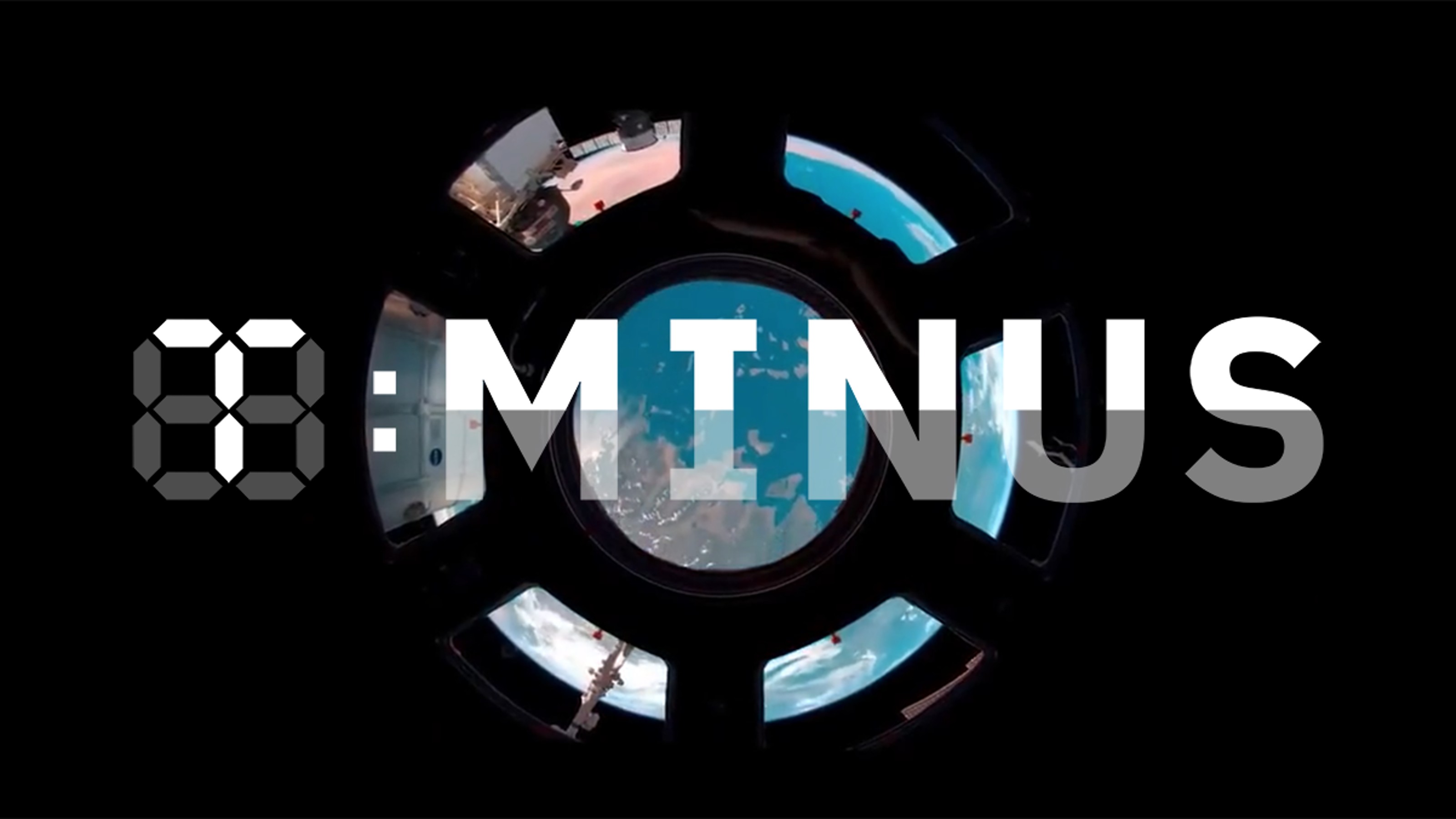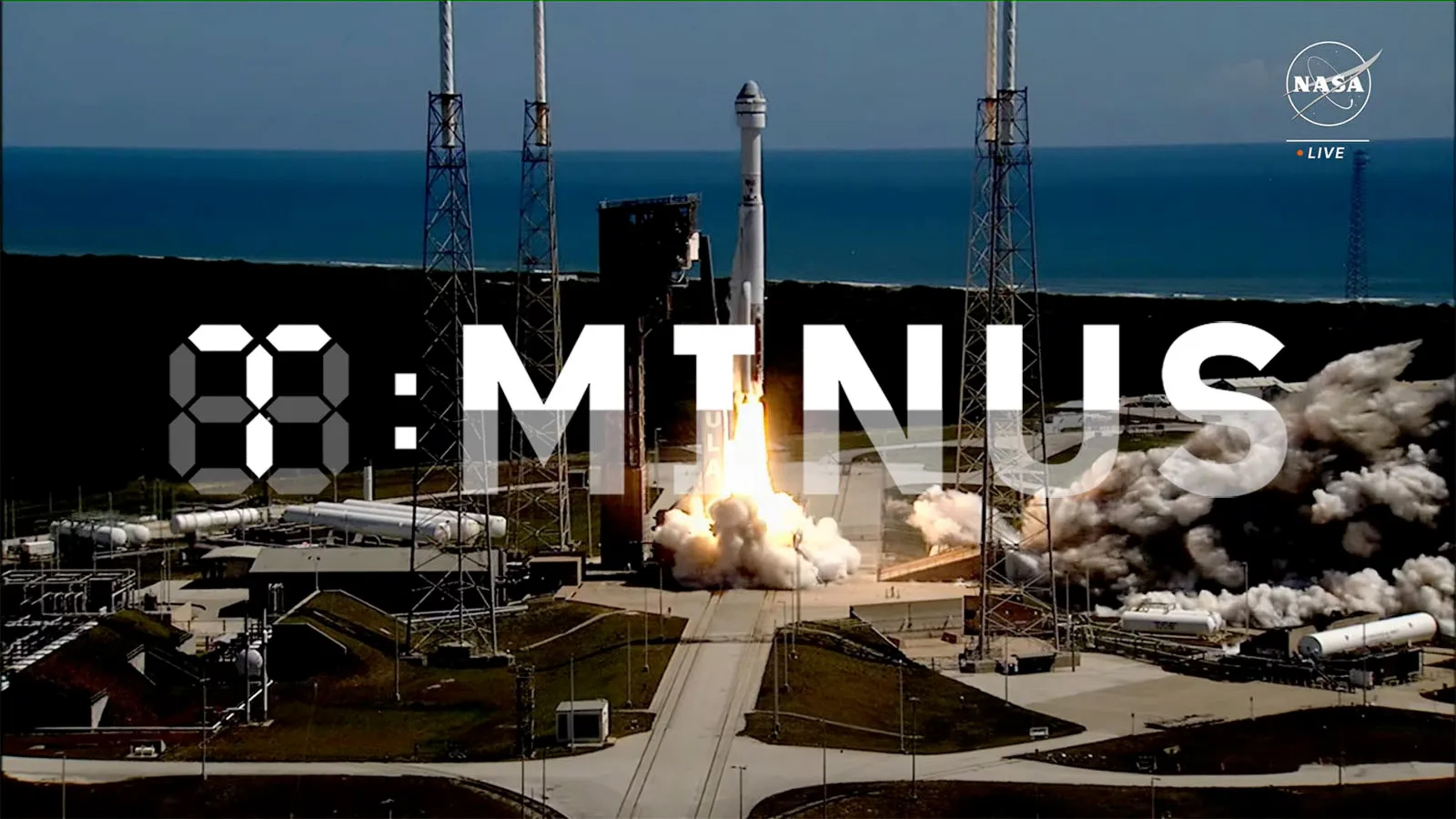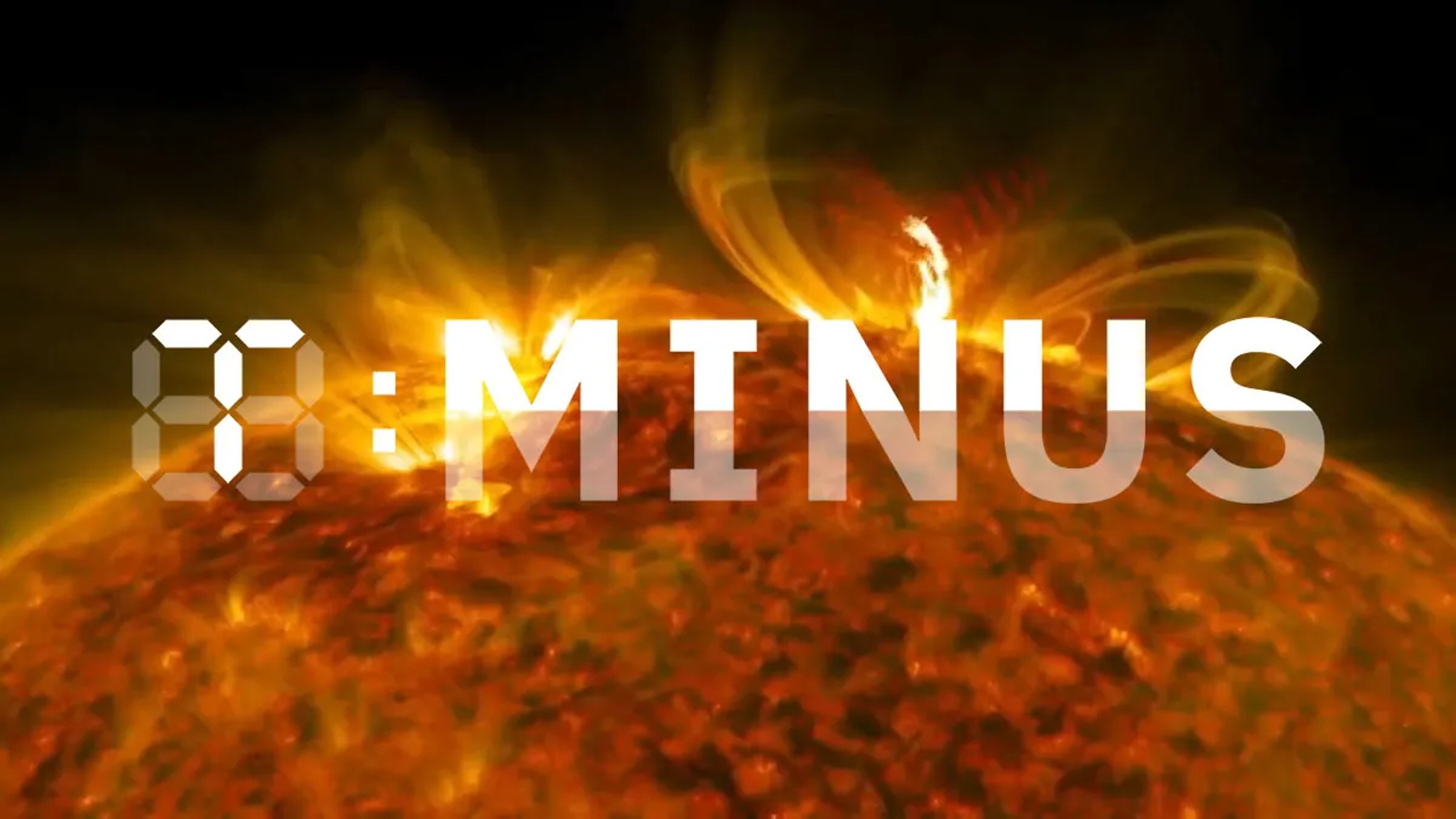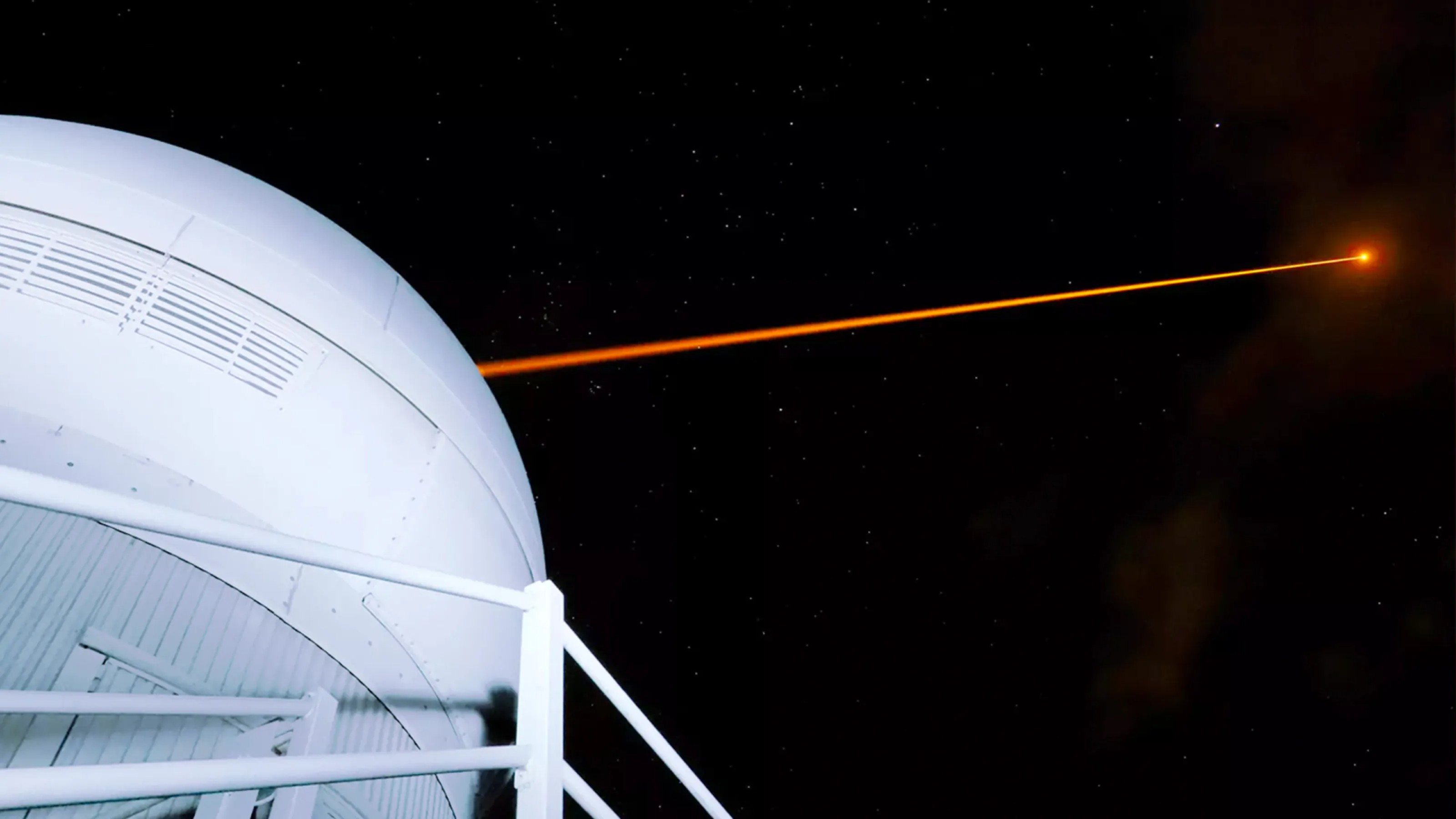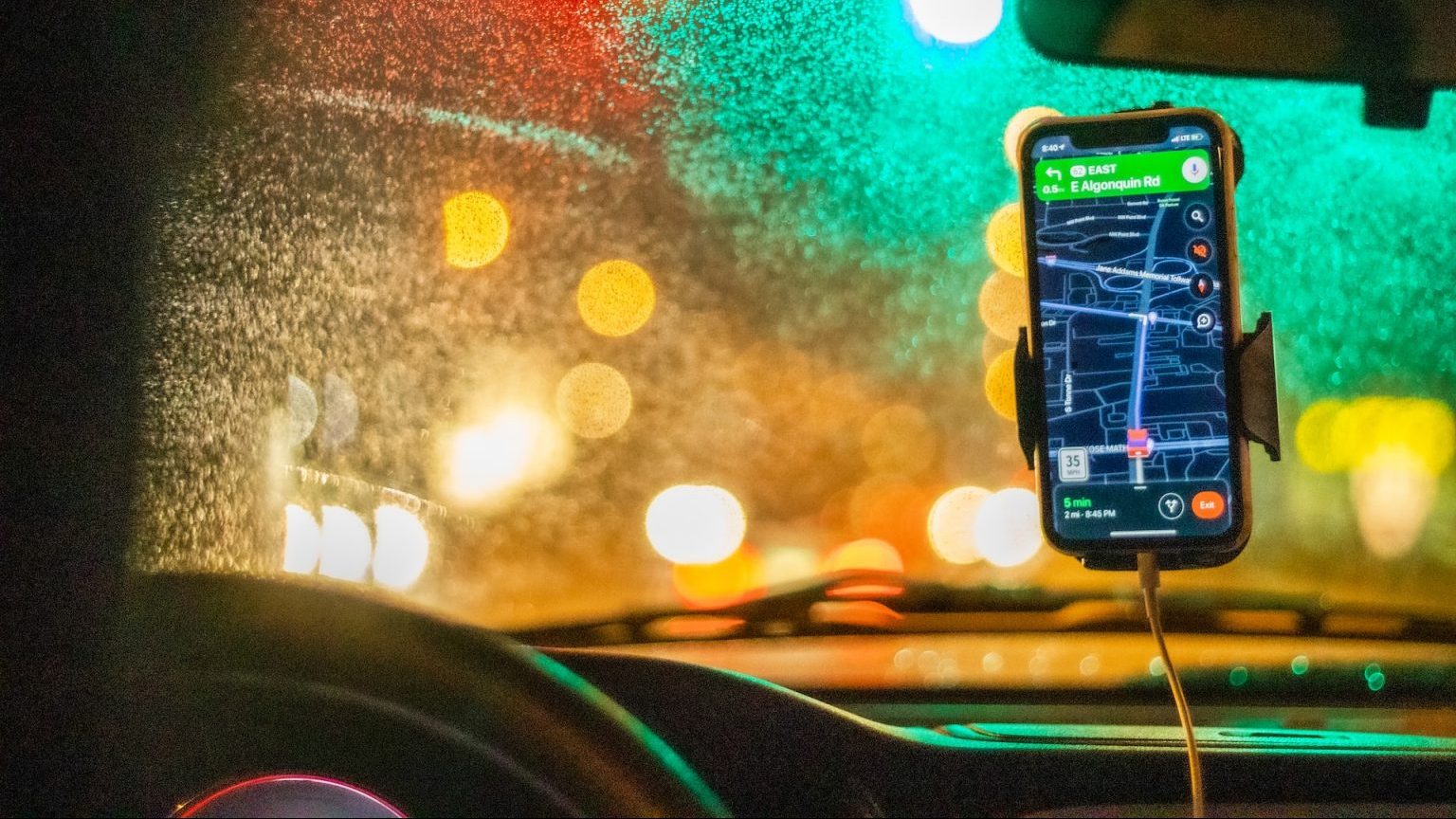This is the first episode of Just Might Work, an original series by Freethink, focused on surprising solutions to our biggest problems.
Catch more Just Might Work episodes on their channel:https://www.freethink.com/shows/just-might-work
ASTRONAUT: Mission abort. Repeat. Mission abort.
HOST: In the opening scene of Gravity, a collision with space debris leads to chaos.
ANNOUNCER: Debris from the missile strike has caused a chain reaction, hitting other satellites and creating new debris.
HOST: Unfortunately this scenario isn't just made up movie drama. What if I told you this was one of the most dangerous things in space? It's a paint chip. It doesn't look like much, but debris like this can be catastrophic when orbiting Earth nearly 10 times the speed of a bullet. Space has become humanity's biggest junkyard, and the debris problem is just getting worse. So some scientists are turning from exploration to mitigation.
MURIEL RICHARD-NOCA: The ClearSpace-1 servicer is a space robot. That's a huge step toward the space sustainability.
HOST: This space robot leads the way in an ambitious and complicated mission to clean up space before it's too late. This is Just Might Work, a show about surprising solutions to our biggest problems.
JOHN CRASSIDIS: In the early days, nobody ever thought this would happen. Everybody said space is big. Well it's getting a lot smaller. In the sense that it's getting more and more crowded.
HOST: There are an estimated 128 million pieces of space junk in orbit. That includes things like decommissioned satellites, the ashes of Star Trek's creator, and one of Elon Musk's Tesla Roadsters. Astronauts also have lost a bunch of stuff, like a tool bag.
ASTRONAUT 1: Um, we have a lost tool.
HOST: And a camera.
ASTRONAUT 2: Uh, Suni your camera is behind you. I hope it's tethered.
ASTRONAUT 3: It's not. Oh great.
HOST: But the big danger is the 99 percent of debris that is smaller than 10 centimeters and can't be tracked. They're flying around space at nearly 18,000 miles per hour. And we don't know where they are until they hit something.
CRASSIDIS: The issue is, you can have one orbit where the satellite is going around the equator, and another one that's going around the poles, and that's a terrible situation, that's a t-bone intersection. So a very small piece of debris can potentially wipe out a very big satellite.
HOST: Of the more than 500 collisions and breakups and explosions in space, one of the most consequential was in 2009 when the Iridium 33 communication satellite collided with a defunct Russian satellite, creating thousands of new pieces of space debris. The International Space Station actually had to move a few times to avoid that debris field because it endangered the lives of astronauts on board. Since we can't track the small stuff, we can't clean it up yet. So the plan is to start with the bigger pieces to avoid the collisions that create more untraceable debris.
LUC PIGUET: The question was, where should we start? Right? Most of the small pieces of debris are actually resulting from fragmentation events of large pieces of debris. This means that, if you remove one large piece of debris, you remove thousands of potential future pieces of debris.
RICHARD-NOCA: What we're bringing in, with the ClearSpace-1 mission is the concept of the tow truck. If you have a mechanical failure, it is okay to leave the car on the freeway. There is always, for you, the opportunity to call the tow truck service to help you remove your car from the freeway. So, ClearSpace-1 is really bringing that tilting point where operators will have now the opportunity to do more than just repairing it, but actually removing it.
HOST: The ClearSpace mission in partnership with the European Space Agency is to capture, then remove a secondary payload adapter left in orbit by the Vega Rocket in 2013. And that's a more complicated undertaking than it sounds.
RICHARD-NOCA: The trickiest part, which will be the capture, that will be done autonomously. The object you're trying to capture is tumbling, so you're in the case where you're stable, but the object is tumbling so you need to recognize what the tumbling is such that you decide to do a maneuver to match your motion with the velocity of your object. And at that point, you can open the forearms and then go and trigger the capture, and then you slow down the tumbling, and you put yourself in a trajectory, in a path that comes back down into the atmosphere.
HOST: Upon entering the atmosphere, the debris and the ClearSpace servicer will burn up. To give you an idea how complicated this is, this mission to capture and remove one piece of space junk is expected to cost more than 100 million dollars and will take until 2025, but it's a necessary step to demonstrate removing debris is actually possible.
RICHARD-NOCA: Until we actually have proven that it's feasible to capture an object that is not cooperative in space, there will remain the doubts, and so really what we're pushing here is the boundary.
PIGUET: The clock is ticking. The question is what kind of contribution we can give to the world, to the people around us, and to the future generations.
HOST: In many ways, we're still at the beginning of our exploration of space. But our ambitions hinge on us being able to clean it up.
CRASSIDIS: As we launch more and more satellites, we are gonna rely more and more on them. If we don't do something about it, it definitely could make parts of space unusable. It's something that we have to look at solutions for now.
HOST: Thanks for watching this episode of Just Might Work. Subscribe to Freethink as we explore the solutions that could solve our most pressing challenges. Meet the hacker who's protecting vulnerable satellites with his TV antenna. Or, go inside NASA's research lab that's testing the tech to deflect an asteroid.

